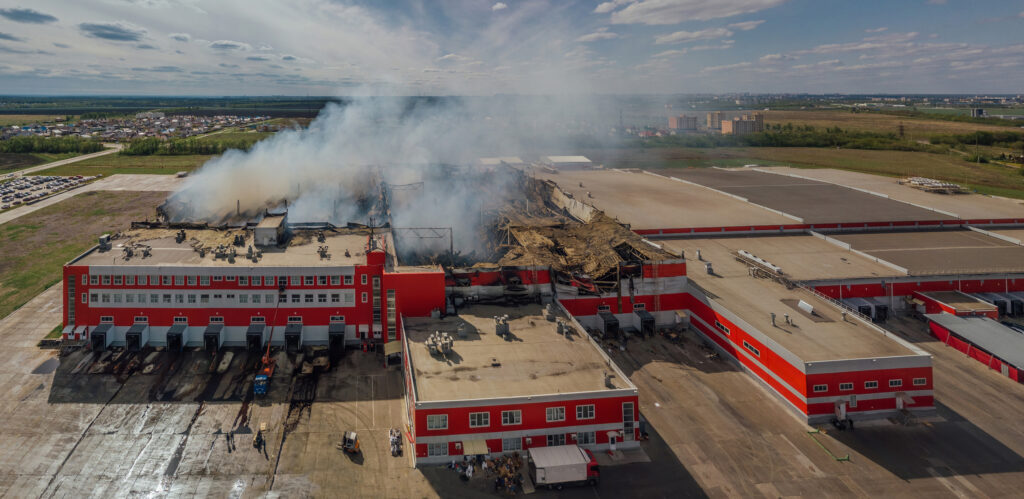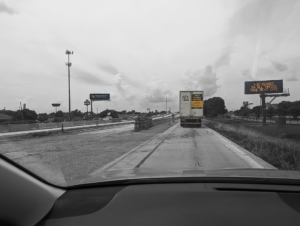Employers have a responsibility to protect workers from harm while in their employment. Failure to do so leaves the employer open to liability for any injuries that occur. Many common industrial accidents are the result of dangerous working conditions or poorly maintained equipment. Occupational injuries can lead to permanent disability, lost wages, and pain and suffering.
The most common industrial accidents stem from overexertion, being struck by objects or becoming entangled in equipment, and from slips, trips, and falls. Other types of accidents in the workplace contribute significantly to occupational harm as well. Learn more about industrial accidents, the types of injuries they inflict, and what to do if you’ve been injured.
How Common Are Industrial Accidents?
The Centers for Disease Control and Prevention report the following statistics on traumatic occupational injuries:
- Approximately 1.8 million nonfatal occupational injuries occurred in 2020.
- There were 127 work-related injuries per every 10,000 full-time employees in the United States that year.
- Workers under age 25 are injured on the job more frequently than other age demographics.
- Men are disproportionately affected by occupational injuries, with men being the impacted party in 66 percent of all work-related injuries requiring a trip to the emergency room.
What Are the Most Common Causes of Industrial Accidents?
According to the National Safety Council, overexertion, contact with objects and equipment, and slips, trips, and falls make up more than 75 percent of all nonfatal injuries and illnesses that force workers to take time away from their jobs. During the COVID-19 pandemic, exposure to harmful substances, including viral pathogens, made its way into the top three most common occupational hazards leading to medical treatment.
The following are some of the most common causes of industrial accidents leading to injury:
Overexertion
Overexertion occurs when the body is placed under excessive physical strain. Lifting, pushing, turning, carrying, or throwing heavy objects can cause overexertion. It happens more easily when the working environment involves extreme temperatures, leading to dehydration or heat stroke. Workers in the construction, manufacturing, warehousing, and agriculture industries are most at risk for overexertion.
Contact with Objects or Equipment
Laborers may be struck by moving objects, or they may bump into, step on, kick, or be pushed or thrown into stationary objects or equipment. People working in manufacturing jobs with heavy industrial machinery are at increased risk for crush injuries, broken bones and soft tissue damage, amputation, and injury to internal organs from being thrown into, struck by, or becoming entangled in dangerous equipment.
Slips, Trips, and Falls
These accidents are frequently the result of slick or wet floors, unsecured electrical cords, poor lighting, or a lack of appropriate safety measures like railings, fencing, or harnesses. Eighteen percent of nonfatal injuries in the workplace are related to slip, trip, or fall scenarios. Laborers who work on roofs, scaffolding, hydraulic lifts, and gangways are at risk of falling from extreme heights.
Exposure to Harmful Substances or Environments
Employees can be sickened or injured by toxic substances in the workplace or by unhealthy working environments. Dangerous occupational exposures include electricity, radiation, noise, temperature extremes, air and water pressure changes, harmful substances, contagions and infectious diseases, lack of oxygen, or exposure to a traumatic or stressful event.
Repetitive Stress Injuries
Repeating the same motion for long periods places strain on a particular part of the body, leading to repetitive stress injuries. Left untreated, these injuries can cause long-term, permanent damage. Repetitive stress injuries to the back are common in industrial or manufacturing settings.
Electrocution
Occupational injury from electrocution can occur due to faulty equipment or dangerous workplace conditions in an industrial setting.
Fires and Explosions
Individuals transporting or working with highly combustible materials or equipment are at higher-than-average risk for experiencing burn and lung injuries from fires and explosions while on the job.
Violence in the Workplace
The threat of assaults and violence committed by coworkers and members of the public to industrial workers has risen in recent years. Shootings at a Maryland manufacturing company and a South Carolina industrial plant within months of one another highlight the risk industrial workers increasingly face due to workplace violence.
What Types of Injuries Do Common Industrial Accidents Cause?
While some occupational injuries are mild and require only short-term medical attention, others can be catastrophic in nature. Industrial accidents involving workers being squeezed, pinched, or compressed in machinery or crushed beneath collapsed structures may result in amputation, spinal cord injuries, or death.
Accidents on the job may lead to the following types of injuries:
- Broken bones
- Burns
- Crush injuries resulting in amputation
- Cuts and bruises
- Damage to internal organs
- Electrocution
- Eye, skin, lung, and reproductive harm due to exposure to toxic substances
- Hearing loss
- Heatstroke
- Herniated discs
- Illness due to exposure to dangerous pathogens
- Mental and emotional trauma, including PTSD, anxiety and depression
- Overuse injuries to the hands, elbows, shoulders, neck, back, and knees
- Paralysis
- Severe bleeding
- Smoke inhalation
- Spinal cord injuries
- Sprains and tears to ligaments, tendons, and muscles
- Traumatic brain injuries
- Whiplash
What Can I Do if I’ve Been Injured in an Industrial Accident?
If you’ve suffered an injury due to an industrial accident, seek medical care from a licensed healthcare professional right away. You may require diagnostic imaging, surgical interventions, orthopedic correction, physical therapy, stitches, or treatment with medication. Follow any treatment recommendations from your doctor and document the care you receive.
File a worker’s compensation claim with your workplace. Most states require employers to provide worker’s compensation insurance that covers accidents on the job. Unfortunately, worker’s compensation may not pay for all of your medical expenses or lost wages from missing work. Certain injuries can result in permanent damage, such as hearing loss or amputation, which affect your quality of life or make it difficult to return to work.
A personal injury attorney can help you understand your rights and recover the compensation you may be owed for medical expenses, loss of income, and pain and suffering. Whether or not you decide to file a worker’s compensation claim, a personal injury attorney can help you understand your options and receive the fair treatment you deserve.









